6 More Health Myths—Busted!
Scientific research takes on common wisdom. Guess which one wins (again).
By Corrie Pikul
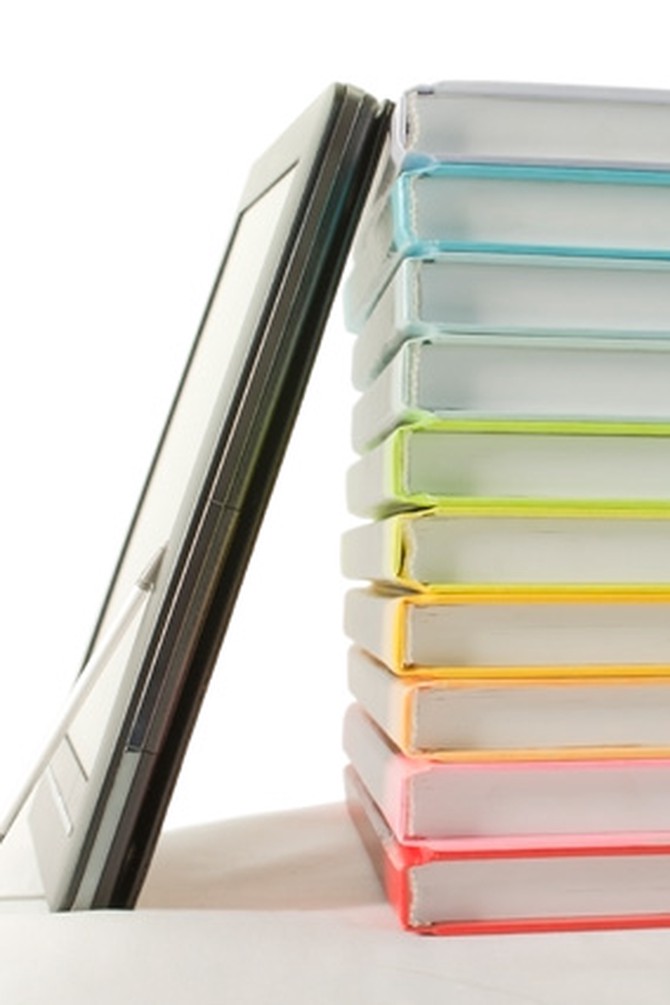
Photo: Thinkstock
"E-readers are worse for your eyes than books."
While your new e-reader is saving your back (the hardcover in your purse was throwing you off balance), you worry about its effect on your eyes. Good news, says Alan Hedge, PhD, director of the Human Factors and Ergonomics Laboratory at Cornell University: You'll be as tired after reading David Foster Wallace on your e-reader as you would be if you'd skimmed Infinite Jest in paperback. People tend to think of e-readers as computers, says Hedge, and tablets and laptops are known to cause eyestrain after long-term use. But those screens are illuminated from behind and constantly refresh, while new-generation e-reader screens with electronic ink reflect light like paper.
Your e-reading guide: Because e-reader screens aren't quite as white as the pages in most books and so may reflect 10 to 15 percent less light, Hedge suggests sitting closer to a lamp. Also, try looking away from the screen every couple of chapters, and when your eyes get tired, consider increasing the text size (an e-reader advantage that has been shown to reduce strain).
Your e-reading guide: Because e-reader screens aren't quite as white as the pages in most books and so may reflect 10 to 15 percent less light, Hedge suggests sitting closer to a lamp. Also, try looking away from the screen every couple of chapters, and when your eyes get tired, consider increasing the text size (an e-reader advantage that has been shown to reduce strain).
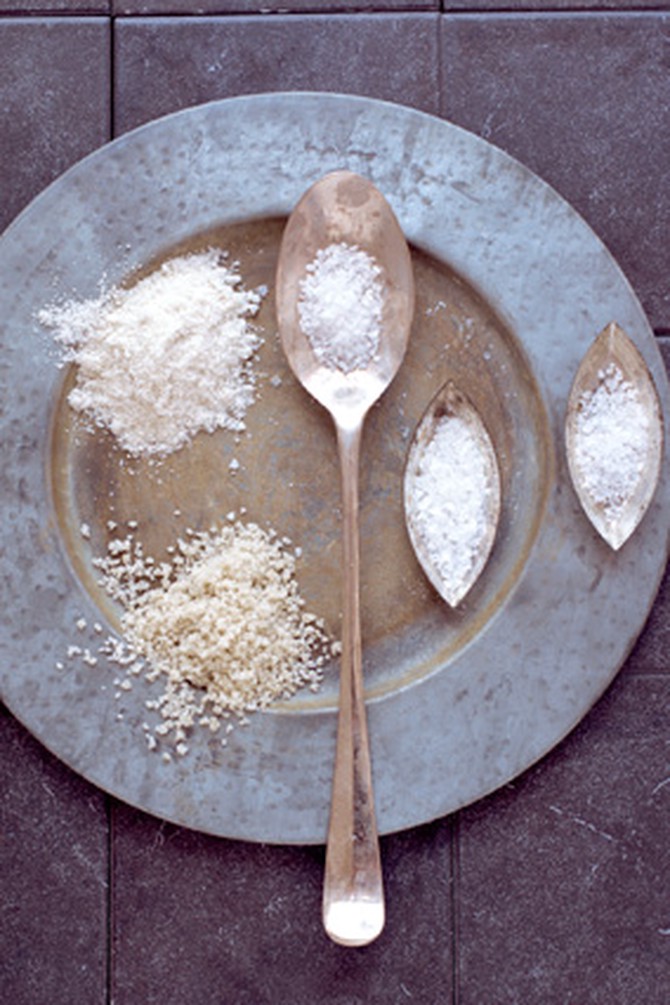
Photo: Thinkstock
"Sea salt is lower in sodium than table salt."
About 90 percent of Americans eat way too much salt, reports the Centers for Disease Control and Prevention. But switching from table salt, which is mined from underground salt deposits, to sea salt, made from evaporated seawater, won't make a bit of difference. It's true that sea salt is less processed than table salt, so it may have some trace minerals and elements that give it more intense flavor (coarser varieties also have larger grains that give a nice crunch to vegetables and salads). But both types of salt contain the same amount of sodium chloride by weight, says Anahad O'Connor, a New York Times reporter who has written more than 400 columns investigating health myths and questions. This means they contribute equally to total sodium consumption and have the same effect on blood pressure. What's more, only about 5 or 6 percent of our sodium intake comes from salt that we shake on at the table, while three quarters comes from food prepared by restaurants or packaged-goods manufacturers.
Grain of truth: The type of salt you use at home matters less to your health than the fact that you cooked the food yourself.
Grain of truth: The type of salt you use at home matters less to your health than the fact that you cooked the food yourself.
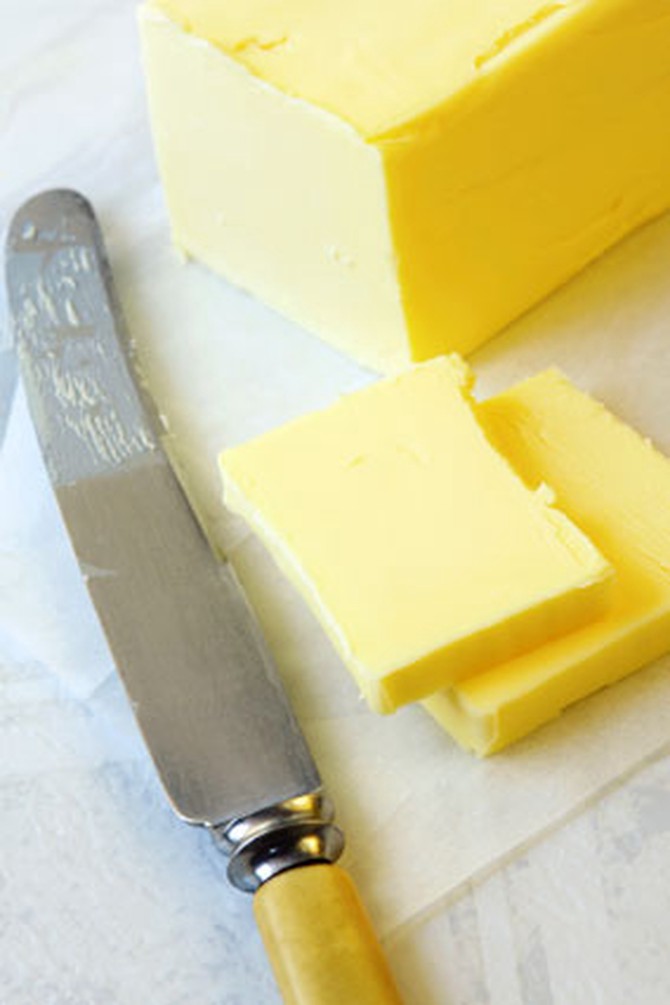
Photo: Thinkstock
"A pat of butter can soothe a burn."
You're so busy admiring your perfectly golden muffins that you fumble the tin and—ouch!—burn your hand. While stumbling toward the sink, you notice the butter on the counter. It's smooth, it's creamy, it's cold, and it reminds you of the moisturizing lotion you smoothed on your legs just this morning. But drop that stick. Butter is one of the worst things you can put on a wound—the CDC specifically warns against using it as an ointment. While butter's consistency has earned it a misleading reputation as a salve, it retains heat and irritates the injury, turning it into a breeding ground for bacteria, says O'Connor, author of the compilation of myth-busters, Always Follow the Elephants.
Better than butter: To treat minor burns, O'Connor advises reaching for another kitchen staple: honey. Studies have found that honey has antibacterial and anti-inflammatory properties, fights bacteria and may get extra healing power from a high concentration of microbial agents called inhibines.
Better than butter: To treat minor burns, O'Connor advises reaching for another kitchen staple: honey. Studies have found that honey has antibacterial and anti-inflammatory properties, fights bacteria and may get extra healing power from a high concentration of microbial agents called inhibines.
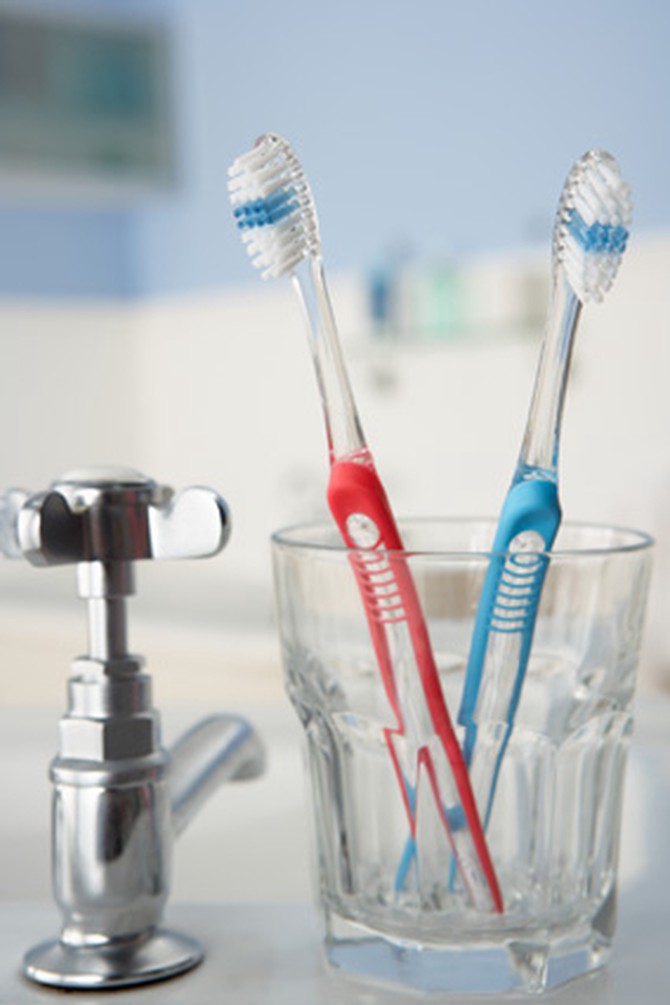
Photo: Thinkstock
"The best place to store your toothbrush is on the bathroom counter."
Your toothbrush could be carrying more than 1 million bacteria, including pathogens like streptococcus, staphylococcus and E. coli, especially if you haven't replaced it in four months. Dark, moist medicine cabinets and drawers with wrinkle cream residue provide the perfect conditions for these germs to thrive. But here's the problem with airing out your brush on the bathroom counter: Every time you flush with the cover up, you risk lightly contaminating everything nearby, explains O'Connor in his other fact-filled book, Never Shower in a Thunderstorm. A study in the journal Applied Microbiology showed that microscopic bacteria bombs that shoot into the air when you flush can land on surfaces throughout the bathroom.
De-germify your brush: You've got two good options, says R. Tom Glass, PhD, a professor of forensic sciences and dental medicine at Oklahoma State University. You could regularly disinfect your brush in a UV sanitizer, or you could keep it on a windowsill in the bedroom, far away from the toilet and shower—and bath-induced humidity that can prevent it from drying.
De-germify your brush: You've got two good options, says R. Tom Glass, PhD, a professor of forensic sciences and dental medicine at Oklahoma State University. You could regularly disinfect your brush in a UV sanitizer, or you could keep it on a windowsill in the bedroom, far away from the toilet and shower—and bath-induced humidity that can prevent it from drying.
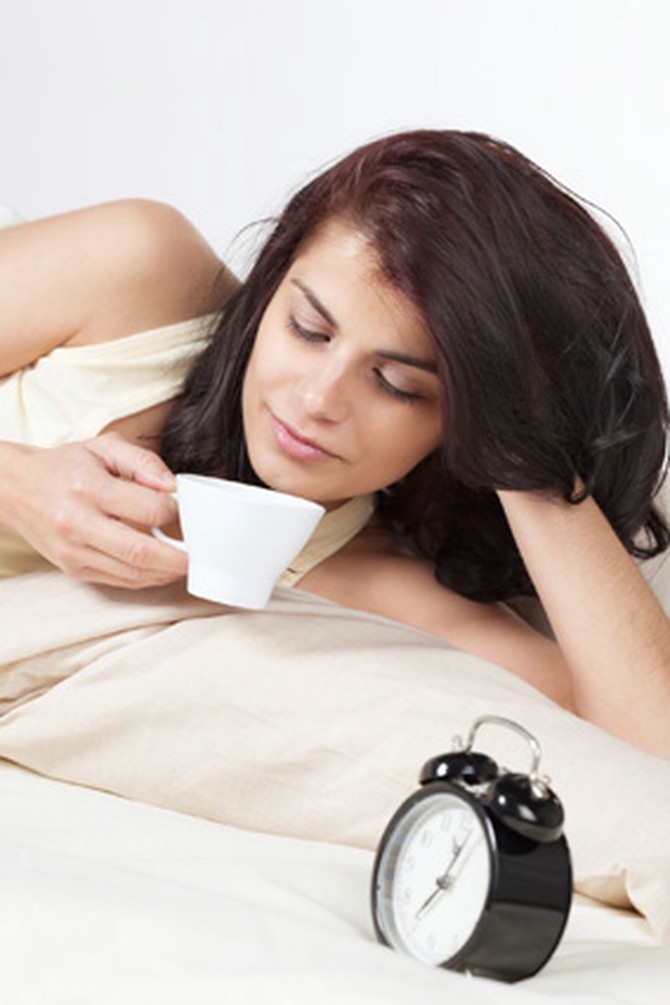
Photo: Thinkstock
"If you want to nap, lay off the caffeine."
As a caffeine addict juggling multiple deadlines, O'Connor noticed that downing an espresso before a planned nap didn't prevent him from falling asleep, and it also seemed to help him feel more refreshed when he woke up. He found a series of studies by sleep researchers in England that supported his hypothesis: Drinking a cup of coffee and then immediately snoozing for 15 minutes was more effective at reviving a wiped-out person than either of those strategies on its own. The researchers believe that the short nap helps clear the brain of the sleep-inducing compound adenosine and gives the coffee just enough time to kick in (caffeine takes about 20 minutes to have a physiological effect).
Sip, sleep, snap to attention: These studies involved sleep-deprived drivers, but O'Connor says that if this trick can make someone alert, coordinated and focused enough to handle a vehicle without delays in reaction time, then it would also help any of us who need an afternoon energy boost.
Sip, sleep, snap to attention: These studies involved sleep-deprived drivers, but O'Connor says that if this trick can make someone alert, coordinated and focused enough to handle a vehicle without delays in reaction time, then it would also help any of us who need an afternoon energy boost.

Photo: Thinkstock
"Standing in front of a working microwave can cause radiation poisoning."
Scientists are still investigating the effects of low-level exposure to microwave radiation, but they know that it can heat body tissue in the same way it heats your leftover spanakopita. The FDA requires that microwaves on the market today limit the amount of radiation they can leak in their lifetime to 5 milliwatts per square centimeter at roughly 2 inches away from the oven. That's below levels that have been shown to harm humans, according to the Center for Devices and Radiological Health, the unit of the FDA that regulates microwave oven safety. O'Connor reports that manufacturers are also required to line oven doors with a metal mesh that prevents waves from escaping, as well as a latch that halts wave-making when the door pops open. He adds that because radiation levels drop with distance, the levels 2 feet away are about one hundredth the amount at 2 inches.
Rest easy while reheating: Unless your appliance is ancient or the door is broken, it's safe to check if the cheese on your pizza is bubbling while standing an arm's length away.
Keep Reading: 6 remedies that don't work—and what to do instead
Rest easy while reheating: Unless your appliance is ancient or the door is broken, it's safe to check if the cheese on your pizza is bubbling while standing an arm's length away.
Keep Reading: 6 remedies that don't work—and what to do instead
Published 02/27/2012

